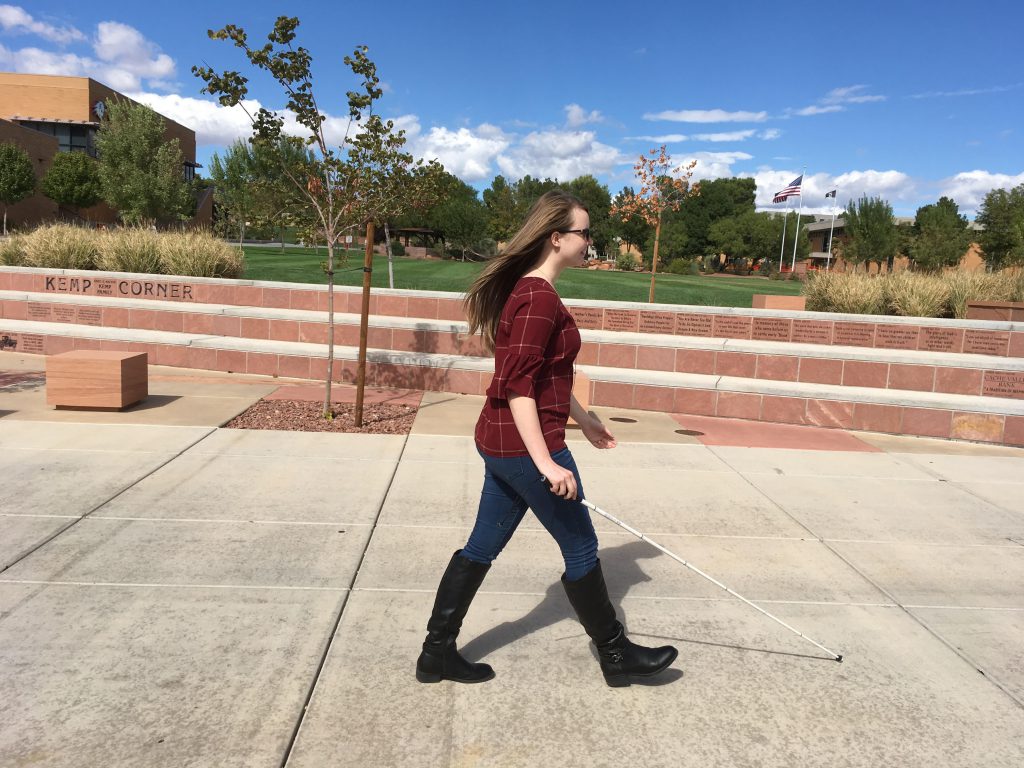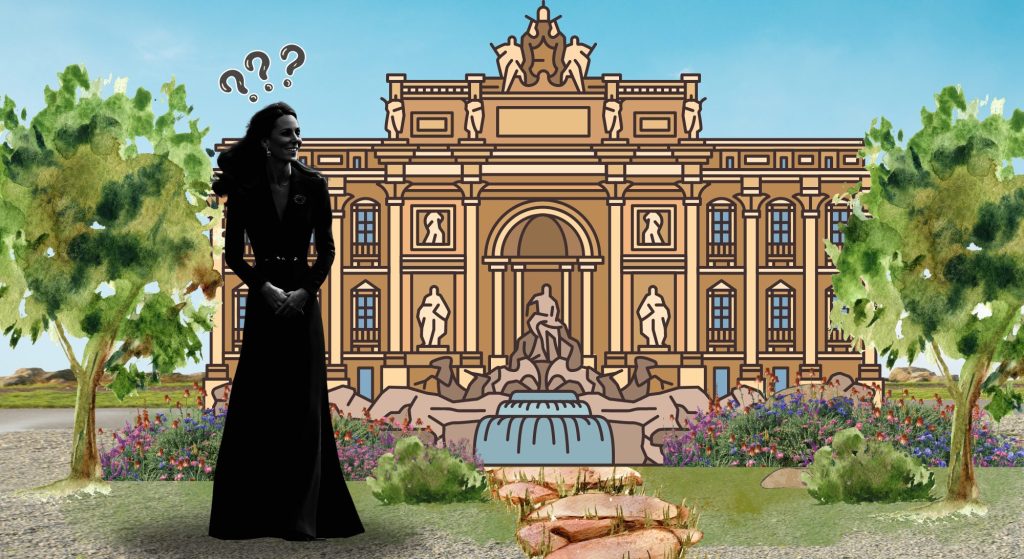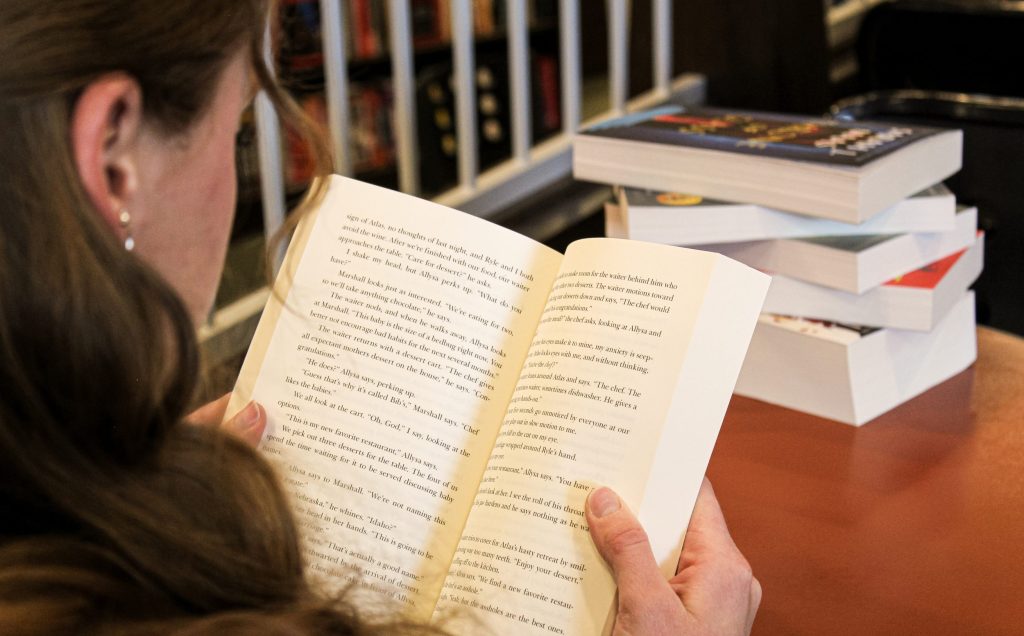It’s so easy to take the things that come naturally for granted.
Those things like the feeling of running down the beach on a hot summer’s day or going on spontaneous late-night adventures with your friends. For those who live with disabilities, these are things that they might never get to experience.
Our world is growing more diverse and accessible every day. But like most things, disability awareness is an issue where we are constantly taking two steps forward and one step back. And it’s largely because there is a huge lack of awareness about what living with a disability is like.
I was seven years old when I was diagnosed with trochlear dysplasia. It was a disorder so rare, the doctors at my state hospital were unable to treat it. The only help I could find was states away in Denver.
The bones in my legs were shaped wrong while forming. It made me incredibly prone to dislocating my knees – a problem I would run into frequently throughout my childhood.
Doctors could ease my troubles through painstaking reconstructive surgeries, but they couldn’t operate until my growth plates were fully closed. So from the ages of 7 to 12, my life was an endless series of knee dislocations and physical therapy.
When my growth plates finally closed, I began having surgeries. I spent years having surgery after surgery, driving days on end to hospitals far from home, and spending all my free time learning how to walk again. Eventually, I reached a point where doctors said there was nothing more they could do to help. For the time being, I could go back to living a normal life.
But I soon learned that there would never be a “normal” to go back to. I continued to struggle every day. Aside from the chronic pain and instability, there will always be things that I can’t do, like kneeling down or running on uneven surfaces.
Most people will never have to experience living life with a disability. They’ll never have to go an extra hundred yards to a ramp when they want to go up the stairs or wait in the car while their family is shopping because the parking lot isn’t wheelchair accessible.
While it’s difficult to quantify how many people are living with disabilities, the Pew Research Center estimates that only 8% of Americans aged 18-24 report having a disability. This makes them an incredibly small minority.
While the world is growing more accessible every day, there is no perfect solution to accommodate every disability. We are faced with budget constraints, a lack of technology, inadequate government support, and a major lack of awareness about what living with a disability is like.
Additionally, so many disabilities go unnoticed by the general public. Looking at me now, you might never guess that there are so many scars on my legs from the operations I’ve had.
Disabilities aren’t a one-size-fits-all shoe, and neither are the solutions to accommodate them. We need to have a greater system of support for all of those in need, especially as a community at a university. Leaving the nest is hard enough as it is for students without disabilities.
We have great resources on campus for students to take advantage of, like the Disability Resource Center. But at the end of the day, utilizing programs like these can be extensive and difficult. Needing to prove your status with documentation, finding sustainable solutions, communicating with all of your teachers, and securing the right resources can turn out to be a long process.
Even with the most ideal resources and support, nothing changes the fact that you are inherently different from others. You might even differ drastically from someone in the same situation as you. And while I believe this can be a source of power and individuality, it can sometimes be an isolating setback.
So what do we do about it?
The first step is to listen. See people for who they are, not what they can and cannot do. Learn how to support them, and don’t make assumptions by comparing them to others.
Promote accessibility in our local community. Push for inclusive designs in city planning, fight for equal access to healthcare and engage with organizations that work to support those with disabilities. Find ways to amplify their voices so they can feel heard.
At the end of the day, we’re all human. We all have our weaknesses and strong points, and we all deserve to have a shoulder to lean on. Choosing to fight for a more accessible future and be a good neighbor is the first step toward celebrating our differences and building a better world.




